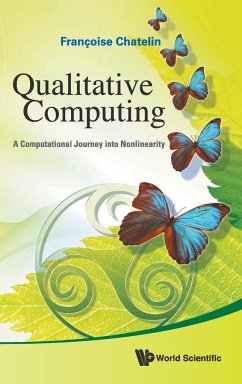Predator-prey models are basic of bio and ecosystem. Different living things decompose, evolve and change their lives and struggle for their survival. Depending on their specific settings of application they can take forms of resource-consumer, plant-herbivore, parasite-host, tumor cells (virus)-immune system, susceptible-infectious interactions etc. In general, they deal with loss-win interactions and may have applications outside of the ecosystems. When their behaviours are carefully noticed, they are often in fact some form of predator-prey interactions. In this book, qualitative behaviours of some classes of predator-prey interaction are investigated. Existence of equilibria and their stabilities are discussed with implementation of linearization method for planar systems. Routh-Hurwitz criterion is used to determine the local asymptotic stability of equilibria. Numerical simulations are carried out to validate the analytical findings.
Bitte wählen Sie Ihr Anliegen aus.
Rechnungen
Retourenschein anfordern
Bestellstatus
Storno








